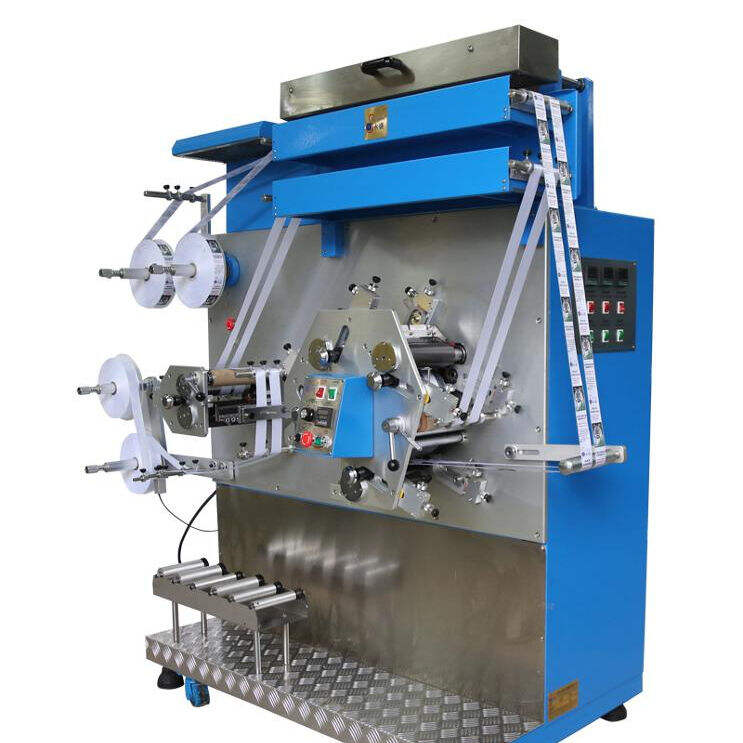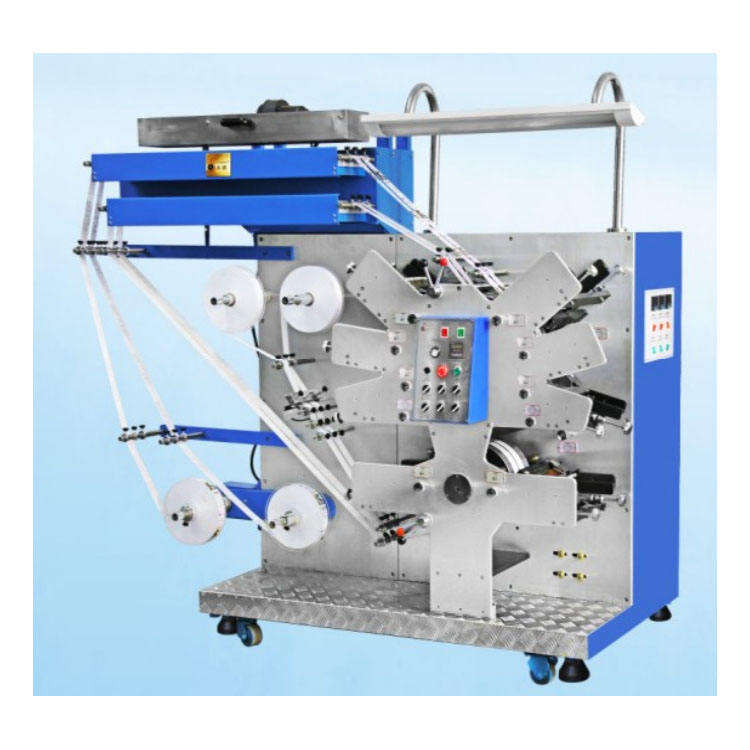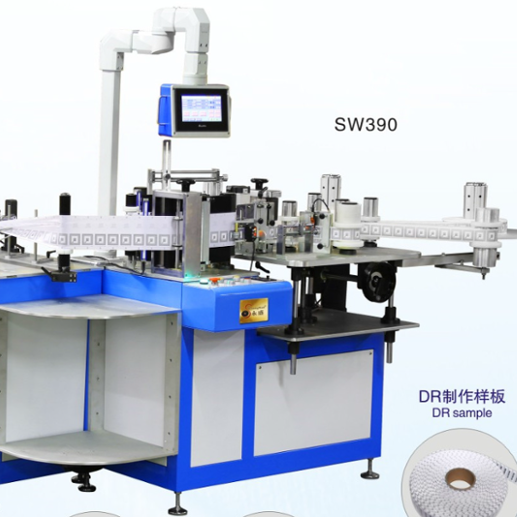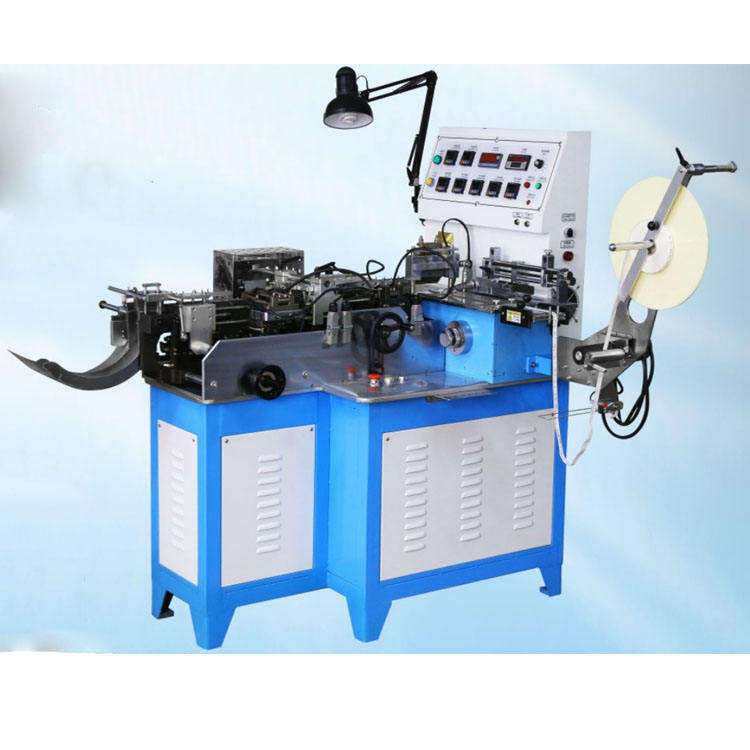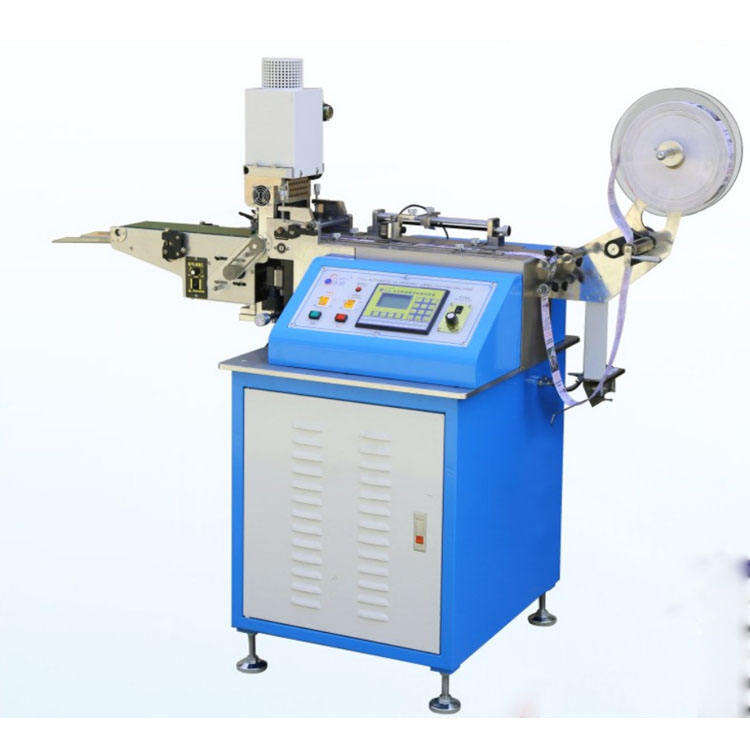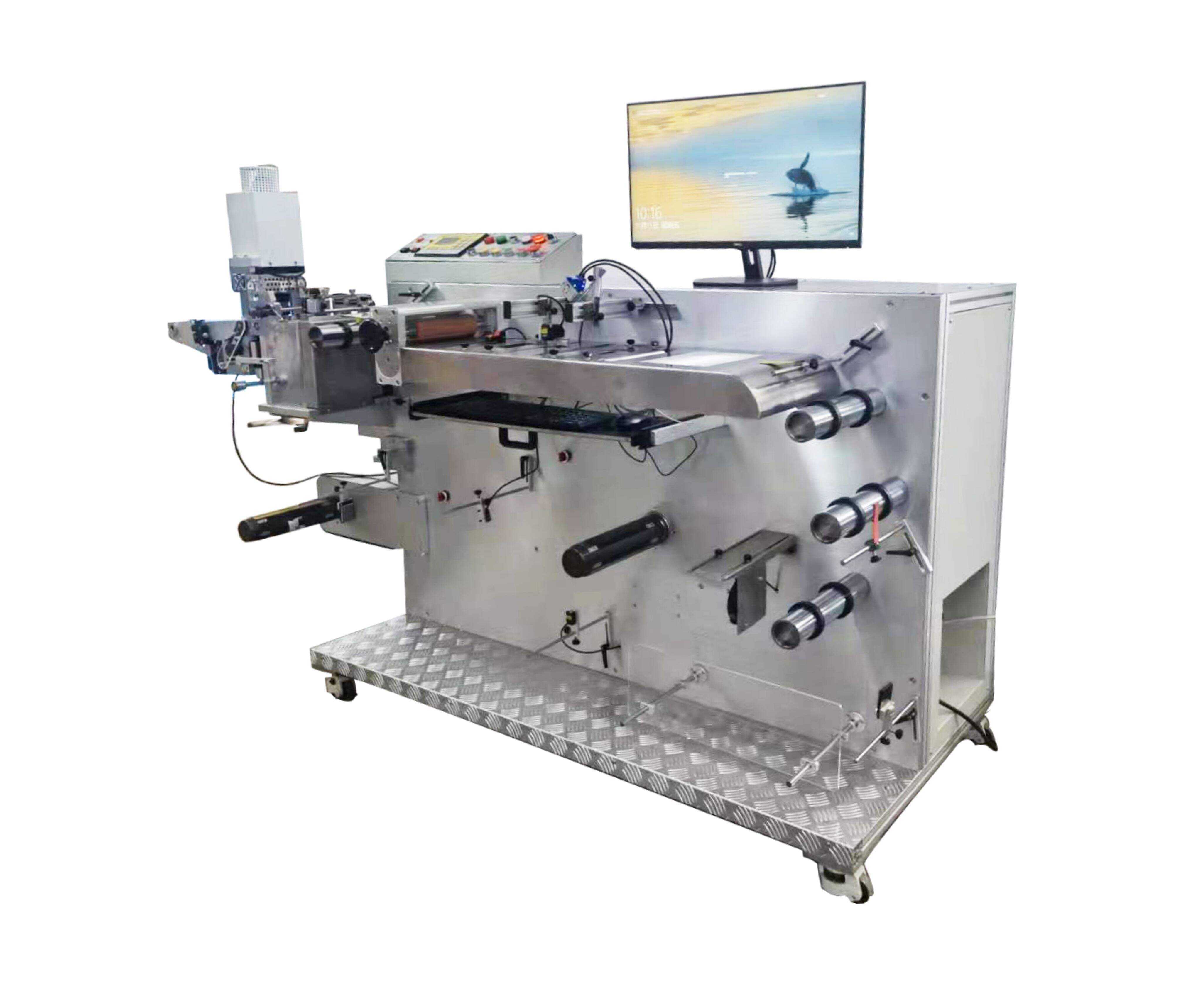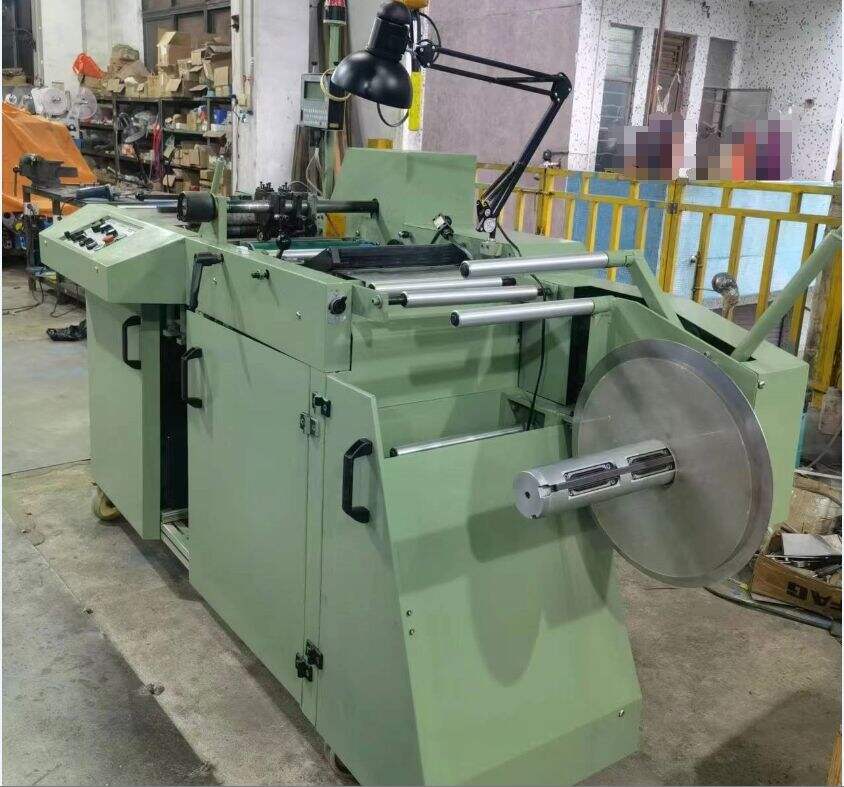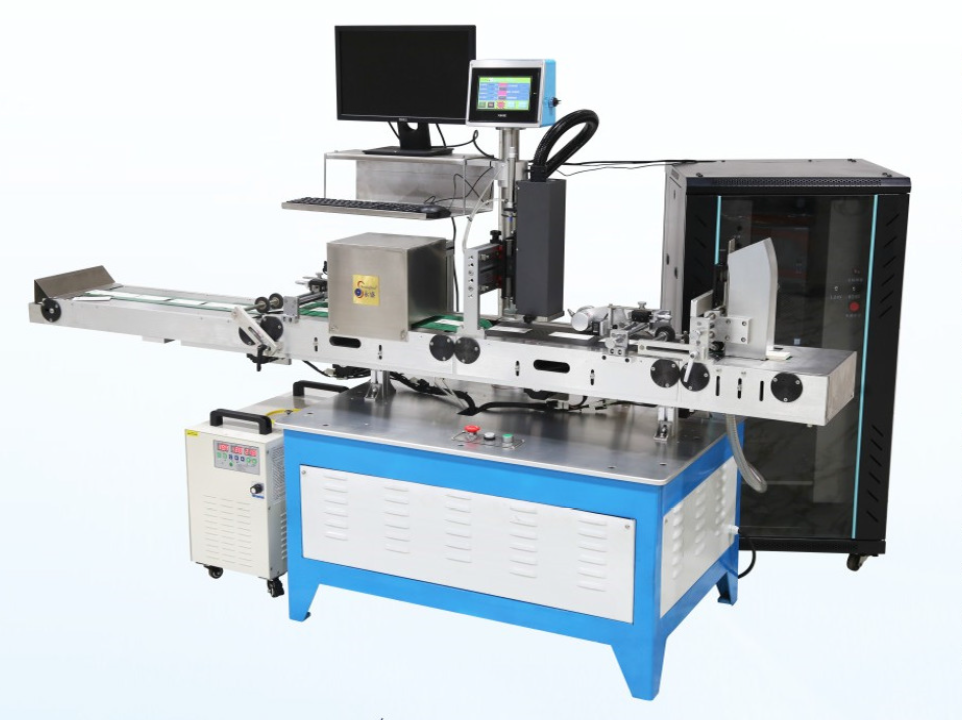The Role of RFID Integration in Next-Generation Labeling Workflows
RFID vs. Traditional Labeling Technologies in Modern Workflows
Barcode Limitations in High-Volume Operations
Barcodes have long been the standard in item tracking and inventory management, but they come with limitations in high-volume operations. For instance, barcode scanning requires line-of-sight, meaning each item must be individually scanned, leading to inefficiencies in environments like retail and logistics. According to industry reports, traditional barcode systems have an average misread rate of 1 in 10,000 scans, which can escalate when dealing with large quantities. In fast-paced industries such as retail, where rapid turnover of goods is commonplace, these inefficiencies can notably hinder operational speed and accuracy.
Flexo Label Printing: Cost vs. RFID Long-Term Value
Investing in flexo label printing machinery presents a significant upfront cost compared to RFID technology. Flexo machines, particularly the flexo rotary label printing machines, are known for their capability to produce high-quality labels at lower costs per unit but require substantial initial investment and ongoing operational expenses. Conversely, RFID systems, despite higher initial costs, offer long-term value by reducing labor costs and minimizing waste. Businesses transitioning from flexo printing to RFID report improved return on investment (ROI), thanks to reduced manual labor and enhanced inventory control. Companies like GoToTags emphasize the efficiency and reliability brought by RFID systems, which ultimately compensate for the higher entry costs.
How UHF RFID Enhances Supply Chain Visibility
UHF RFID technology plays a pivotal role in enhancing supply chain visibility by providing accurate inventory tracking and real-time data collection. This technology allows companies to monitor stock levels effectively, thereby reducing the occurrence of stockouts and overheating warehouse aisles. For instance, GoToTags provides scalable solutions that have been adopted by major retailers such as Walmart to meet compliance standards. Enhanced inventory accuracy and timely data insights obtained via UHF RFID contribute significantly to customer satisfaction, improving operational efficiencies and ensuring products remain readily available on shelves. As industries prioritize efficient inventory management, UHF RFID systems are becoming indispensable components in modern supply chains.
Core Advantages of RFID-Integrated Labeling Systems
Automated Inventory Tracking and Error Reduction
RFID-integrated labeling systems greatly enhance automated inventory tracking, effectively minimizing human errors. Automated systems using RFID technology significantly outperform manual processes due to their accuracy in data capture and inventory management. For instance, research indicates that traditional manual inventory processes have an error rate of up to 1%, while automated RFID solutions can reduce this error rate to as low as 0.1%. Several companies, such as major retailers and logistics firms, have reported substantial reductions in inventory errors after implementing RFID systems. For example, a leading retail chain experienced a 70% decrease in inventory discrepancies within the first year of adopting RFID technology, emphasizing the profound impact on operational accuracy.
Real-Time Data Capture for Smart Warehousing
RFID technology facilitates real-time data capture, revolutionizing smart warehousing by enhancing inventory turnover and decision-making processes. Such systems provide warehouse managers with instant insights into inventory levels, allowing more informed and rapid decisions. Statistics show that warehouses integrating RFID technology can see efficiency improvements of up to 25%, as real-time data enables precise management and forecasting. Looking forward, the trend towards smart warehousing is set to continue, with advancements in RFID technology further solidifying its role as a critical asset in supply chain management. The capability of RFID systems to provide accurate, real-time data will be pivotal in the evolution towards fully autonomous warehousing solutions.
Scalability in Retail Compliance Workflows
RFID solutions offer unmatched scalability for retailers facing challenging compliance requirements. With constantly changing retail regulations, RFID technology provides an adaptable framework that ensures compliance with ease. Retailers often face challenges such as managing extensive product lines while adhering to specific label mandates. RFID systems address these challenges by allowing seamless scalability without sacrificing efficiency. Case studies illustrate this point; a large fashion retailer successfully scaled its operations using RFID, enabling compliance with diverse international standards and improving their workflow efficiency by 50%. This scalability not only aids in maintaining compliance but also empowers retailers to meet growing market demands and regulatory changes efficiently.
Top RFID Labeling Machines for Industrial Applications
NC RFID Tag Bonding Machine: Precision in Hybrid Label Production
The NC RFID Tag Bonding Machine is a cutting-edge solution that revolutionizes hybrid label production by integrating precision with efficiency. This machine distinguishes itself with its ability to bond and print RFID labels using CNC technology, ensuring high precision and rapid production rates. Users report significant improvements in production rates compared to traditional bonding methods, making it a preferred choice for many industries. Testimonials from manufacturers highlight the machine's ease of operation and its substantial impact on boosting production efficiency. Companies leveraging this technology have seen enhanced workflow capabilities, allowing for more streamlined processes and improved product labeling accuracy. To explore the capabilities of this machine further, visit the NC RFID Tag Bonding Machine Printing Label Machine for detailed specifications.
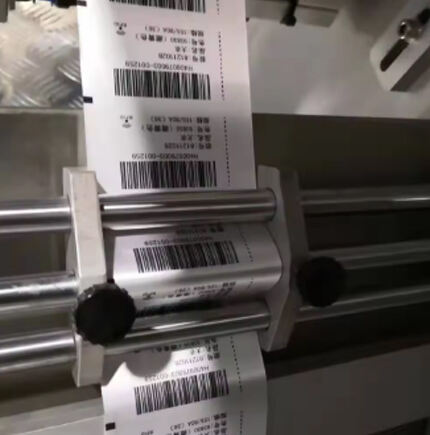
Automatic RFID Printing Label Machine: High-Speed Encoding Solutions
The Automatic RFID Printing Label Machine offers unparalleled benefits in high-production environments, where speed and efficiency are paramount. With its advanced printing technology and automatic label feeding system, this machine enables high-speed production, capable of generating up to 15,000 labels per hour. User experiences consistently emphasize its speed and reliability, making it a favored choice for sectors requiring rapid label production. The machine’s adaptability spans various industrial applications, providing seamless integration into inventory management, asset tracking, and supply chain optimization workflows. For more insights into its capabilities, you can visit Automatic RFID Printing Label Machine.
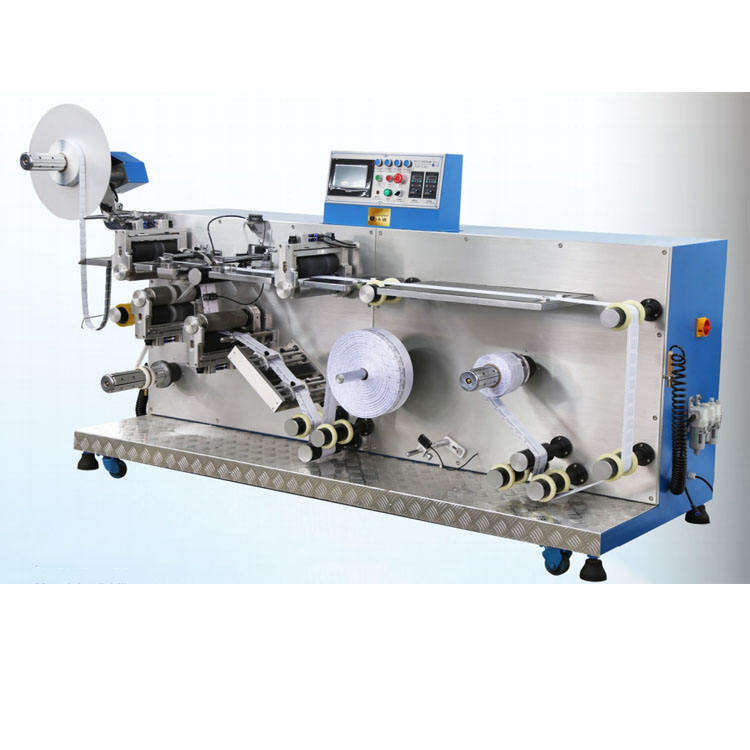
RFID Labeling Machine: Multi-Surface Tag Application
The RFID Labeling Machine showcases extraordinary versatility by applying RFID tags on diverse materials, including paper, plastic, and metal, ensuring high accuracy and efficiency across various surfaces. This adaptability significantly enhances the marketability of products, allowing businesses to cater to broader audiences. Case studies reveal successful implementations where multi-surface RFID applications have elevated product tracking capabilities and offered competitive advantages. Industries such as logistics, retail, and pharmaceuticals substantially benefit from this flexibility, making it an indispensable tool for precise product identification and tracking. Discover more about this versatile machine at RFID Labeling Machine.
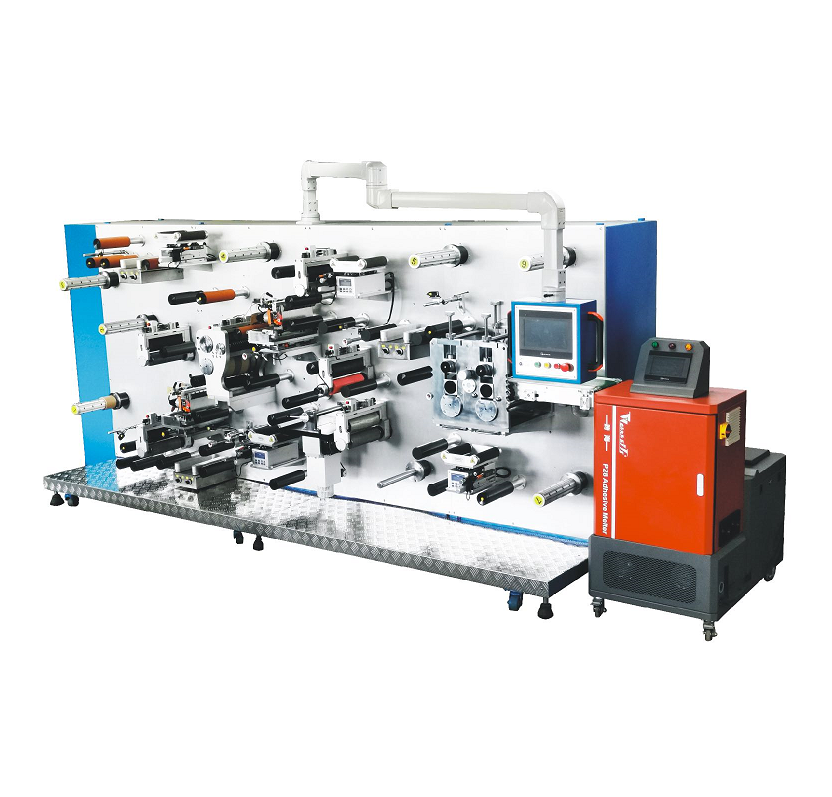
Implementing RFID in Healthcare and Logistics Labeling
Pharmaceutical Tracking with Encoded RFID Tags
Accurate pharmaceutical tracking is essential in improving patient safety and healthcare efficiency. RFID technology plays a pivotal role by enabling precise tracking and management of medications. According to a report by the National Library of Medicine, RFID has significantly reduced medication errors by ensuring that the right medicine is administered to the right patient. For example, healthcare systems like the University of Maryland Medical Center have implemented RFID in their pharmacy operations, enhancing accuracy and preventing costly errors. By automating data collection, they reduced medication dispensing errors and improved inventory management. Implementing RFID for pharmaceutical tracking not only assures compliance with healthcare regulations but also enhances patient trust in medical services.
Retail Inventory Management Success Stories
Retail inventory management has seen transformative changes with the integration of RFID technology. Successful case studies include major retailers like Walmart, which reported a 30% reduction in out-of-stock merchandise after implementing RFID for inventory tracking. RFID's ability to provide real-time data allows retailers to maintain optimal stock levels, directly leading to increased sales and customer satisfaction. Moreover, experts like Mark Roberti, founder of RFID Journal, emphasize RFID's strategic importance in retail for enhancing operational efficiency and reducing shrinkage. Consequently, RFID systems not only refine inventory accuracy but also contribute significantly to cost savings and improved logistical operations.
Pallet-Level RFID Integration Case Studies
Pallet-level RFID integration has simplified logistics operations by enhancing tracking capabilities and supply chain transparency. One illustrative case is from CHEP, a global provider of pallet and container pooling services. By adopting RFID, CHEP observed a 25% improvement in inventory accuracy and a substantial reduction in lost pallets. Data from these integrations show how RFID enhances supply chain accountability by providing detailed tracking information and real-time updates, ultimately boosting overall logistics efficiency. Moreover, these systems help in maintaining transparency across supply chains, fostering seamless coordination among vendors, suppliers, and retailers. The implementation of pallet-level RFID clearly illustrates its vital role in streamlining supply chain operations and enhancing delivery performance.
Selecting RFID Equipment: Key Considerations
Evaluating Total Cost of Ownership vs. Flexo Systems
When selecting RFID equipment, one of the pivotal considerations is evaluating the total cost of ownership in comparison with traditional flexo systems. This evaluation encompasses various factors beyond the initial purchase price, including maintenance, training, and operational costs. Maintenance and repair are generally less frequent and less costly for RFID systems than for flexo systems, which need regular servicing. Training requirements for RFID are typically less intensive thanks to their automated nature, reducing long-term costs associated with employee education. Operational costs can also see reductions, as RFID offers automated tracking, thereby minimizing manual labor requirements. Experts suggest that despite the higher initial costs of RFID systems, the long-term savings in maintenance and efficiency far outweigh these expenses, making them a more cost-effective solution over time.
Integration with Existing Label Printing Infrastructure
Ensuring seamless compatibility between RFID systems and existing label printing machinery is crucial to minimize disruptions. Successful integration can be seen in partnerships like that between TEKLYNX and SATO, where cloud-based solutions have facilitated effortless management of both RFID and traditional label printers across multiple locations. These integrations often involve challenges such as software compatibility and network infrastructure adjustments, which require strategic planning to avoid operational downtime. Best practices suggest conducting a thorough audit of current systems and potentially updating outdated hardware to facilitate this integration. Moreover, working closely with technology providers like AbeTech, which specialize in such integrations, can provide the necessary support and expertise to achieve smooth operational transitions.
Compliance with GS1 and Walmart RFID Standards
Compliance with GS1 and Walmart RFID standards is critical for businesses aiming to enhance their supply chain processes. These standards ensure that RFID tags are readable and usable across global supply chains, fostering interoperability. Non-compliance can result in costly penalties, loss of business opportunities, and damaged relationships with key retailers. The specifics of compliance involve adhering to technical specifications related to data storage and retrieval capabilities of RFID systems. By meeting these requirements, companies not only secure their current business arrangements but also bolster their market competitiveness. In the long term, compliance drives improved inventory management and strengthens vendor partnerships, leading to enhanced operational predictability and consumer satisfaction.
Integrating the complexities of cost evaluation, compatibility, and compliance is essential when selecting RFID equipment, but the potential efficiencies and savings make it a worthwhile investment for modern enterprises.
Recommended Products
Hot News
-
Reflect On The Cultural Significance Of The Printing Press In Preserving And Disseminating Knowledge
2023-12-08
-
The Role Of The Printing Press In The Global Economy
2023-12-08
-
Environmental Impact: Analyzing The Environmental Footprint Of The Printing Industry
2023-12-08
-
The Frontier Of Printing: 3d Printing And Its Industrial Renaissance
2023-12-08
-
The Evolution And Impact Of The Printing Press
2023-12-08
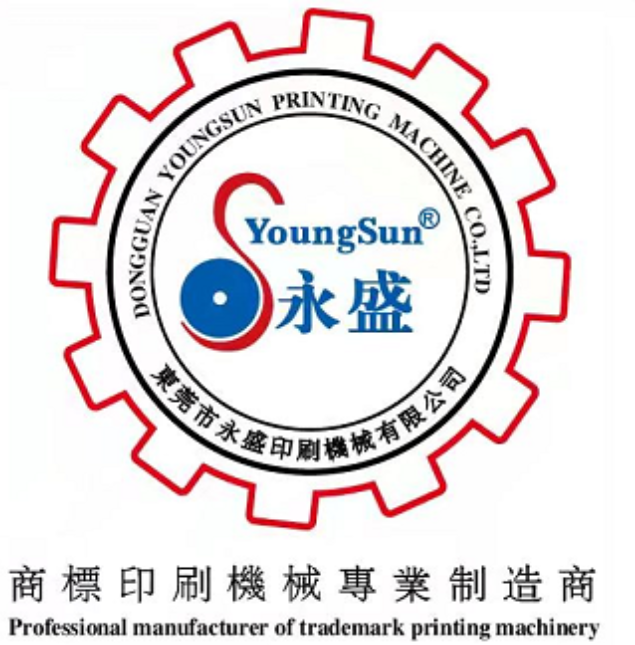
 EN
EN
 AR
AR
 CS
CS
 DA
DA
 NL
NL
 FI
FI
 FR
FR
 DE
DE
 EL
EL
 HI
HI
 IT
IT
 JA
JA
 KO
KO
 PL
PL
 PT
PT
 RO
RO
 RU
RU
 ES
ES
 SV
SV
 IW
IW
 ID
ID
 VI
VI
 SQ
SQ
 HU
HU
 MT
MT
 TH
TH
 TR
TR
 AF
AF
 GA
GA
 BN
BN
 BS
BS
 LO
LO
 LA
LA
 MI
MI
 MN
MN
 NE
NE
 MY
MY
 KK
KK
 UZ
UZ
 KY
KY
